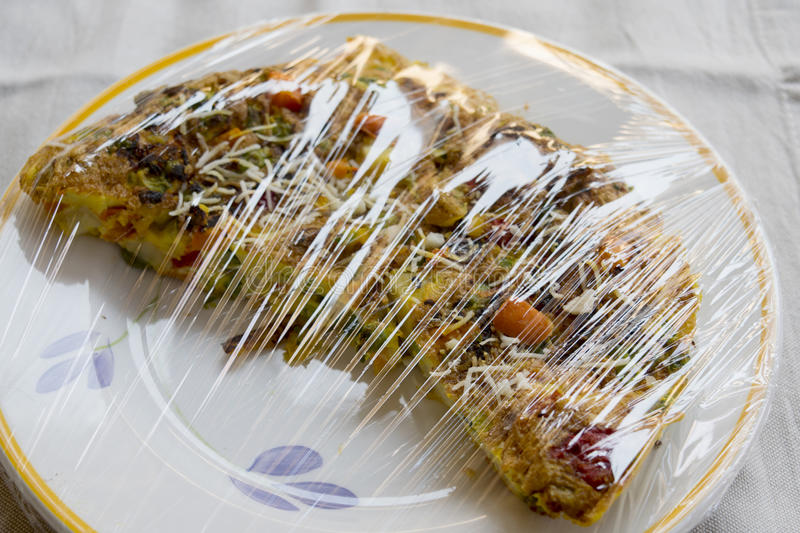Cling film, also known as plastic wrap or food wrap, has become a staple in kitchens around the world. It’s a thin, plastic film that is used to cover and protect food, keep it fresh, and prevent it from spilling or leaking. Over the years, cling film has evolved and undergone many changes to become the versatile product we know today.
1. The Early Days of Cling Film
Cling film was first introduced in the 1940s as a replacement for cellophane. It was made from PVC (polyvinyl chloride) and was initially used to wrap meat and other food products. However, it had a major drawback – it didn’t cling very well to surfaces and was difficult to handle. As a result, it didn’t become popular until the 1960s when a new type of cling film was introduced.
2. The Introduction of PVC Cling Film
In the 1960s, a new type of cling film was introduced that was made from PVC. This new cling film was more reliable and had better cling properties than the original cling film. It was also more transparent, which made it easier to see the food it was covering. However, PVC cling film had some drawbacks. It was not microwave-safe and could not be recycled.
3. The Advent of PE Food Wrap
In the 1980s, a new type of cling film was introduced that was made from PE (polyethylene). This new cling film was more environmentally friendly than PVC cling film as it could be recycled. It was also microwave-safe and had better cling properties than PVC cling film. Today, PE cling film is the most popular type of cling film on the market.
4. The Rise of Biodegradable Cling Film

In recent years, there has been a growing demand for more environmentally friendly products, including cling film. As a result, biodegradable cling film has been developed. This cling film is made from natural materials and can be composted after use. However, biodegradable cling film is still relatively new and can be more expensive than traditional cling film.
5. The Future of Food Wrap
As consumers become more environmentally conscious, the demand for biodegradable cling film is likely to increase. However, traditional cling film is still widely used and is unlikely to disappear anytime soon. In the future, we may see new types of cling film that are even more versatile and environmentally friendly than the ones we have today.
Cling film has come a long way since its introduction in the 1940s. From the early days of PVC cling film to the more environmentally friendly options available today, cling film has evolved to become a versatile product that is used in kitchens all over the world. While there are still some drawbacks to traditional cling film, such as its impact on the environment, there are also new options available that offer more sustainable solutions. As consumers, it’s important that we consider the impact of the products we use and choose the option that best fits our needs and values.
Visit our online shop.


